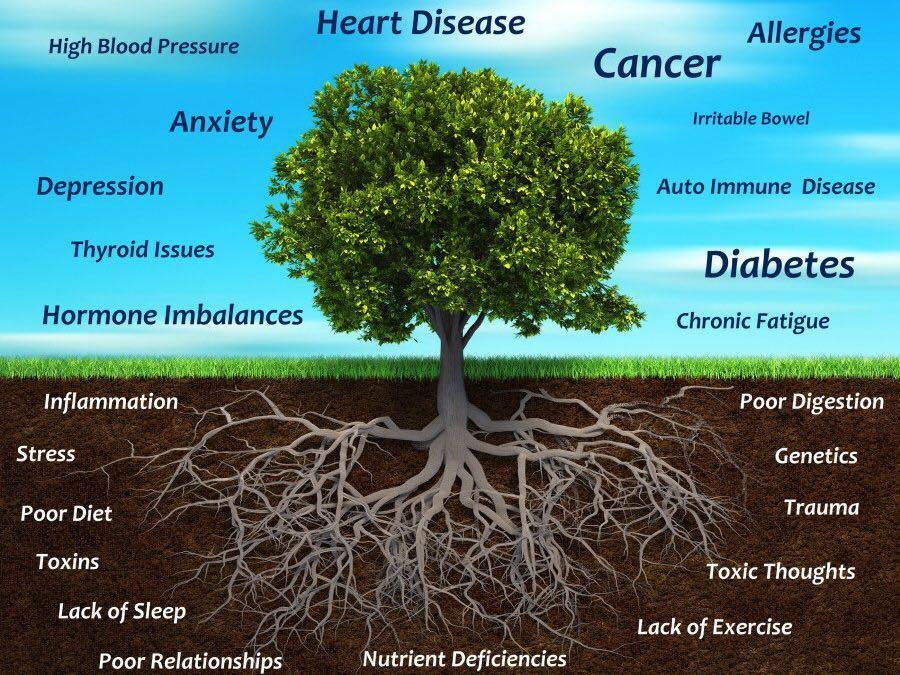The ‘mother’ of all metabolic diseases…
type 2 diabetes has been on the rise over the last decade and as of 2023, over 5 million brits are sufferers (Diabetes.org)
Globally, it’s thought that over 500 million people have the condition
(WHO, 2021).
There is a big genetic connection with this condition however it is still very much a lifestyle based disease and so with the right nutrition, exercise and lifestyle plan in place, prevention and even reversal of insulin resistance/diabetes is possible.
Read on to find out more….
Type 2 Diabetes
What is insulin resistance and why does it happen?
To understand type 2 diabetes, we must understand insulin resistance and why it happens.
A Great Analogy to help us understand what is happening here is to think of our metabolic system as the U.K. motorway system…
Think of our large network of blood vessels running throughout our body as the motorway roads that carries cars (and their passengers within) to their city of destination. In this example, the cars will represent glucose molecules and the 3 major cities, London, Birmingham and Newcastle will represent the organs that safely store our carbohydrates - muscle, liver and adipose (fat) tissue.
To avoid traffic build up on the motorway and to avoid the major cities becoming too full and overcrowded, we want a steady flow of cars coming off the motorway entering the cities as well as cars leaving the major cities too.
What happens in insulin resistance is we get a chronic influx of cars on the motorway, all aiming to enter the major cities - with no cars inside the cities leaving. This results in the 3 cities becoming too overcrowded, fights breaking out and the local councils losing control.
The only way the local councils will be able to regain control of the cities again is by firstly stopping anymore cars from entering.
They accomplish this by going to the source and by putting up roadblocks at the slip roads coming off the motorway. This leads to cars not being able to come off the motorway, creating huge amounts of traffic, drivers grow increasingly frustrated, road rage increases and perhaps even violence as well.e
The root cause of insulin resistance stems from being in a chronic state of energy excess - i.e. too many calories coming in (especially carbs and fats), and not enough calories being spent - which leads to weight (and predominantly fat) gain.
Over time, the 3 major cities (muscle, liver and adipose) become saturated with too many carbs and fats within their cells and as a result, blocks the signal of insulin which prevents further glucose molecules from entering.
This leads to elevated glucose levels in the blood (too many cars on the road), also known as hyperglycaemia. This can become dangerous if chronically perpetuated as they can stick to and damage protein structures across the body i.e. the nerves in the eye (diabetic retinopathy) or the nephrons in the kidney (diabetic nephropathy).he
A Functional Medicine Approach To Insulin Resistance
I believe that applying a ‘root cause’ approach to chronic diseases is always important. Typically it’s the underlying imbalances and breakdown in human physiology that we can’t see which lead to ill-health and the manifestation of symptoms.
When it comes to type 2 diabetes, contrary to popular belief, high blood glucose levels (reflected by a high HbA1c) is merely showing us the symptoms of an underlying breakdown in glucose and fat metabolism.
Whilst many people, even some medical professionals believe that the removal or heavy reduction of carbohydrates is the best option from a dietary perspective, I believe that is only covering the symptoms and is missing the forest for the trees.
To truly reverse type 2 diabetes and move from insulin resistant to insulin sensitive continue reading below....
Going From Insulin Resistant To Insulin Sensitive
In the analogy of the motorway system above, we saw how an influx of cars (too many calories) entering the major cities without enough cars leaving started this cascade of issues.
Too many calories consumed without enough being expended (burned) leads to weight gain and predominantly fat gain.
Excess fat gain, specifically visceral fat, builds up inside our liver & muscle cells which are our safe storage sites for glucose. This begins the breakdown of glucose disposal as visceral fat blocks insulin from bringing glucose into cells, leading to high blood glucose levels.
There are two ‘north stars’ when it comes to insulin sensitivity.
Reduce levels of visceral fat. This can’t be targeted specifically but an overall decrease in body fat % will typically result in the reduction of visceral fat too.
Increase levels of skeletal muscle mass. This essentially creates bigger storage depots for carbohydrates to be stored, resulting in blood glucose levels to be well controlled.




